

“Mitzi Gaynor flashed but briefly on cinema screens, a happy chirpy girl seemingly hurt once musicals stopped staple product at each studio.” – David Shipman in “The Great Movie Stars – The International Stars”. (1972)
Mitzi Gaynor was born in 1931 in Chicago of Hungarian parents. She made her movie debut in 1950 in “My BLue Heaven” which starred Betty Grable. Throuhout the 1950;s she starred in such musicals as “There’s No Business Like Show Business”, “Anything Goes”, “The Joker Is Wild”, “Les Girls” and her most popular movie “South Pacific” in 1958. During the 1960’s she toured with her own show and made many television spectactulars over the next 20 years.
TCM Overview:
This blonde dancer and light actress appeared in Hollywood musicals beginning in the early 1950s. Among her more notable efforts were “There’s No Business Like Show Business” (1954), the 1956 remake of “Anything Goes,” with Bing Crosby and Donald O’Connor, and “Les Girls” (1957), opposite Gene Kelly. Gaynor had two outstandig screen roles: as a girlfriend of nightclub comedian Joe E Lewis (played by Frank Sinatra) in “The Joker Is Wild” (1957) and as Nellie Forbush in the the screen version of Rodgers and Hammerstein’s “South Pacific” (1958).Beginning in the late 1950s, Gaynor began to appear on various variety series, eventually headlining her own NBC special in 1968, “Mitzi.” Between 1973 and 1978, she appeared annually on CBS in a series of high-concept, entertaining variety specials.
Her website here.



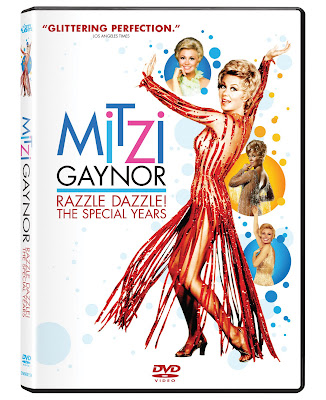









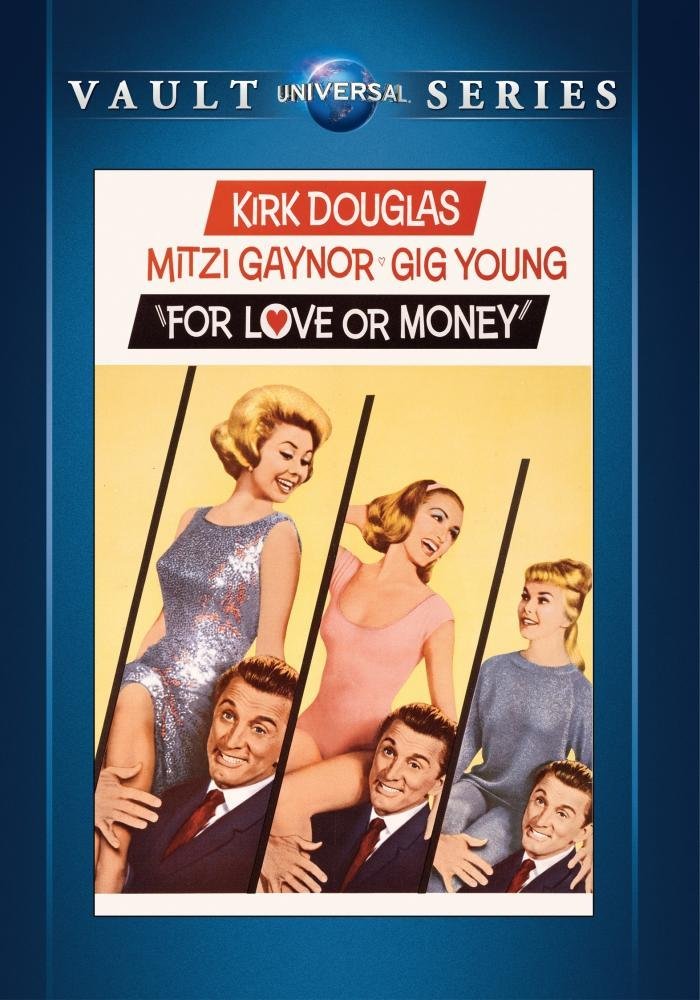
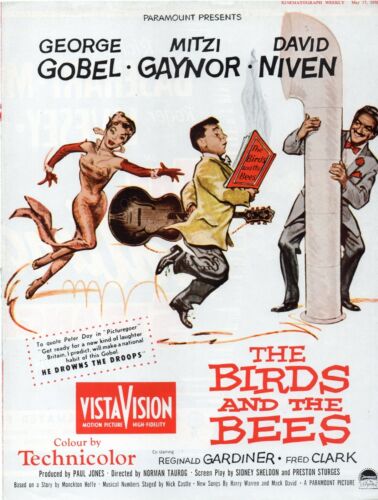

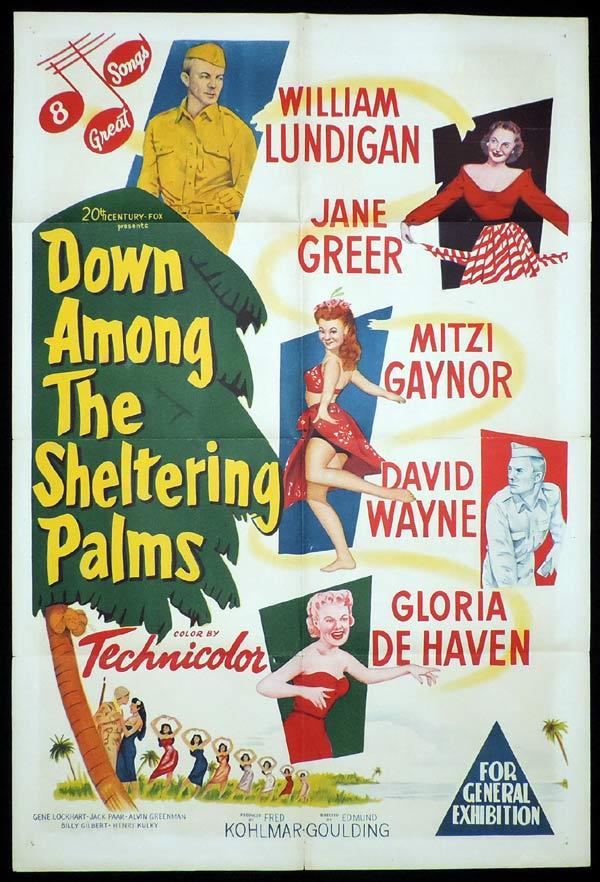

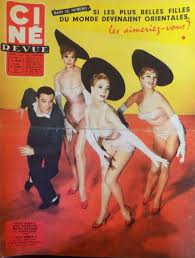








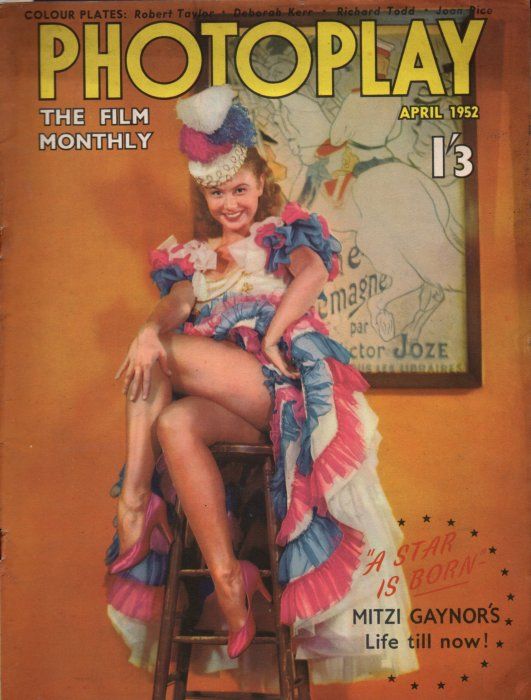






new york times obituary
By Anita Gates
Mitzi Gaynor, the bubbly actress, singer and dancer who landed one of the most coveted movie roles of the mid-20th century, the female lead in “South Pacific,” but who abandoned film as the era of movie musicals came to an end, died on Thursday in Los Angeles. She was 93.
Her managers, Rene Reyes and Shane Rosamonda, confirmed the death.
The role of Nellie Forbush, a World War II Navy nurse and (in the words of a song lyric) a “cockeyed optimist” in Rodgers and Hammerstein’s hit 1949 Broadway musical, had been originated and defined by Mary Martin. But when it came time to cast the 1958 movie of “South Pacific,” some considered Ms. Martin too old (she was in her 40s) and perhaps too strong-voiced for any actor who might be cast opposite her. (Ezio Pinza, her Broadway co-star, had died.)
Doris Day was considered. Mike Todd wanted his wife, Elizabeth Taylor, to play the role. Ms. Gaynor was the only candidate to agree to do a screen test, she recalled decades later, although she was an established actress, with a dozen films, seven of them musicals, to her credit
In fact, she was shooting “The Joker Is Wild” (1957), a musical drama with Frank Sinatra, when Oscar Hammerstein II came to town and asked to hear her sing. (Ms. Gaynor always credited Sinatra with making her best-known role possible, because he asked for a change in the shooting schedule that would give her a day off to audition
South Pacific” was a box-office smash, and Ms. Gaynor’s performance, opposite Rossano Brazzi, was well received. (She turned out to be the only one of the film’s stars to do her own singing.) But she made only three more films, all comedies without music; the last of them, “For Love or Money” with Kirk Douglas, was released in 1963. She turned instead to Las Vegas, where she headlined shows at major resorts for more than a decade, and to television.
One network appearance made a particularly strong impression: her performance of the Oscar-nominated song “Georgy Girl” at the 1967 Academy Awards, complete with complex choreography, four male backup dancers in white suits, and a striptease costume change. That led to a decade-long series of Emmy Award-winning variety specials, with titles like “Mitzi and a Hundred Guys” and “Mitzi Zings Into Spring.”
Her most notable television experience, however, may also have been her least triumphant. On Feb. 16, 1964, Ms. Gaynor had top billing on “The Ed Sullivan Show.” She sang “It’s Too Darn Hot” and a medley of blues songs, but she was completely overshadowed by another act on the bill that night: the Beatles, in their second American television appearance. At a cast dinner afterward, she recalled, Paul McCartney asked for her autograph.
Francesca Marlene de Czanyi von Gerber was born in Chicago on Sept. 4, 1931, into a show business family. Her father, Henry, was a Hungarian-born cellist and orchestra conductor; her mother, Pauline (Fisher) von Gerber, was a dancer. When Frances, as she was known, was 3, the family moved to Detroit; when she was 11, they moved to Southern California.
At 13, she joined the Los Angeles Civic Light Opera, and it was in one of that company’s shows that she was seen by executives of 20th Century Fox and offered a contract. She had been going by the name Mitzi Gerber (Mitzi being a nickname for Marlene), but studio officials asked her to change it, borrowing the last name of the silent-film star Janet Gaynor
Mitzi Gaynor’s first film was “My Blue Heaven” (1950), a musical drama with Betty Grable and Dan Dailey
That was quickly followed by more musicals, including “Golden Girl” (1951), “Bloodhounds of Broadway” (1952) and “The I Don’t Care Girl” (1953), a biography of the vaudeville star Eva Tanguay. She appeared with Ethel Merman, Marilyn Monroe, Donald O’Connor and Dan Dailey in “There’s No Business Like Show Business” (1954); Donald O’Connor and Bing Crosby in “Anything Goes” (1956); and Gene Kelly in “Les Girls” (1957).
Late in life, Ms. Gaynor talked good-naturedly about Marilyn Monroe (with whom she also appeared in a 1952 romantic comedy, “We’re Not Married”) and Monroe’s success compared with hers. “I had more talent. I could do more things,” she told The Hollywood Reporter sweetly in a video interview in 2013. But, she acknowledged, “I wasn’t — sexy.”
When asked about her favorite male dancers, Ms. Gaynor often said that Donald O’Connor was the best solo dancer she had ever worked with, but that Gene Kelly had been the best partner.
Ms. Gaynor’s partner in life was Jack Bean, an agent at MCA, whom she married in 1954. He went on to manage her career, doing his job a bit too well at times.
While the couple were still honeymooners, George Abbott, the revered Broadway producer and director, asked for a meeting and told Ms. Gaynor that he wanted her to play Lola, the seductive agent of the Devil, in the musical he was planning, “Damn Yankees.” Unfortunately, Mr. Bean had just committed his new wife to a four-picture deal in Hollywood. Gwen Verdon went on to play Lola, winning one of the show’s seven Tony Awards in 1956. Except for a small part in the 1946 musical “Gypsy Lady,” when she was still billed as Mitzi Gerber, Ms. Gaynor never made it to Broadway.
She forgave Mr. Bean, and they were together until his death in 2006. No immediate family members survive
Ms. Gaynor remained active in show business into her 80s, making her New York nightclub debut at 78, in 2010, at Feinstein’s Cabaret in Midtown Manhattan. And she remained an upbeat interview subject, breaking into celebrity impressions while talking to reporters and relentlessly looking at the bright side.
“Just think about how lucky I am,” she said in a 2012 interview for the Archive of American Television, in which she praised the co-stars she had over the years. “I’ve never had to work with a stinker.”
Predictably, interviewers often asked her for the wisdom that came with maturity. “The secret to aging gracefully is simple,” she told The Chicago Sun-Times in 2013. “Just have a good attitude. Enjoy who you are. Remember that life is a wonderful thing.”
On the other hand, she said in the same interview, “I’d kill to be 50.




